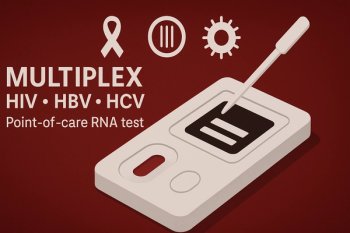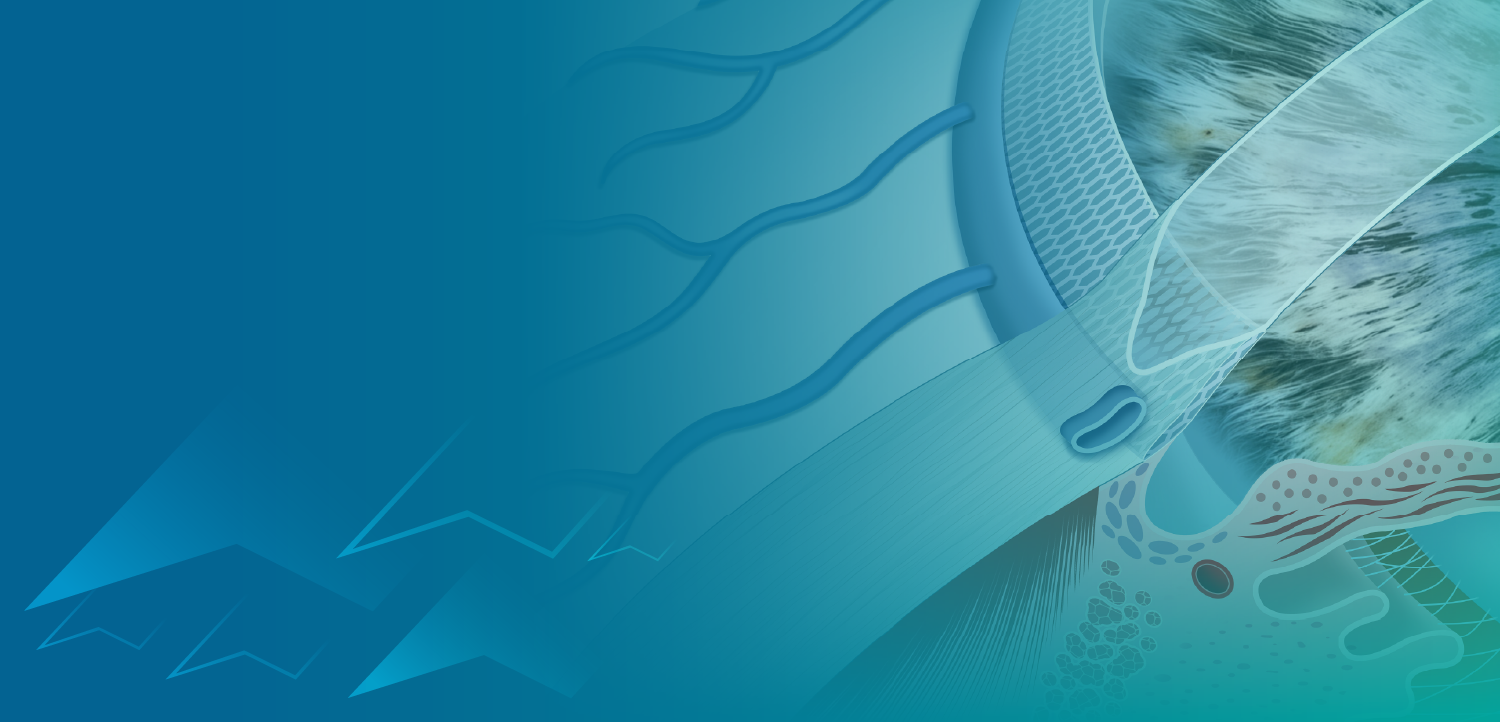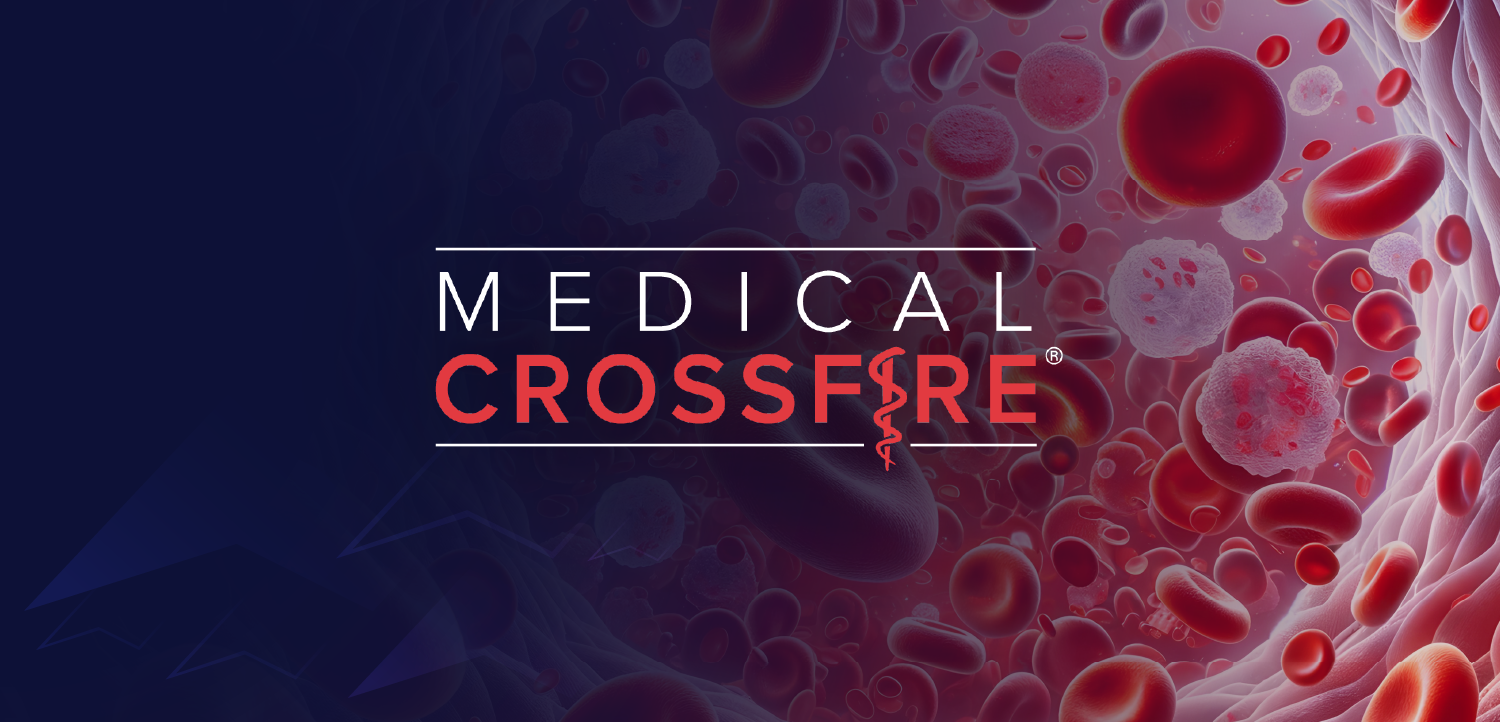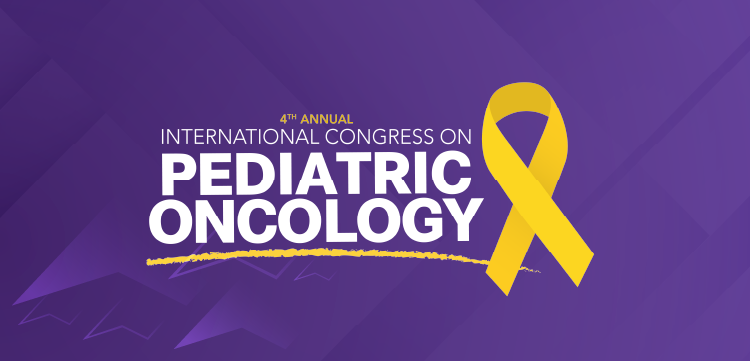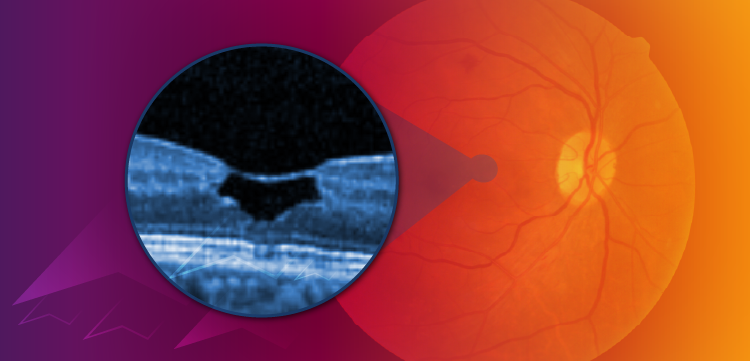
What to Know About Norovirus, the Highly Contagious “Stomach Flu” That Isn’t Influenza
Norovirus infections are spiking this season. These are the signs and symptoms associated with America’s leading cause of foodborne illness.
Norovirus infections are spreading across the United States at significantly higher rates than usual this season. As of this week, the US Centers for Disease Control and Prevention (CDC)
Norovirus becomes symptomatic 12-48 hours after infection, and symptoms usually resolve within 1-3 days. The relatively rapid onset and resolution of norovirus means most infected individuals are never tested or diagnosed.
The symptoms of norovirus lead many people to mistakenly believe they have contracted a “stomach flu” or “bug,” but norovirus is not related to
Rather than a flu, norovirus is the leading cause of foodborne illness in the US. Norovirus is also the most common cause of viral gastroenteritis, an inflammation of the internal lining of the gastrointestinal tract.
The virus is most prevalent during late fall, winter, and early spring, so it is not entirely surprising that high rates of cases are cropping up across the country. Additionally, the infectious nature of norovirus is conducive to outbreaks.
However, the
Environments like day care centers, nursing homes, and cruise ships are common sites of norovirus outbreaks. The highly infectious virus spreads rapidly in place where people live close together and repeatedly touch the same surfaces.
Good hygiene is the best defense against norovirus. Frequently washing the hands with soap and warm water helps ensure any contaminants on the hands don’t reach the mouth. Generally, try to avoid sharing food or utensils during seasons of peak virus circulation.
Individuals who do contract norovirus are advised to stay hydrated and ensure they are replenishing their electrolytes, which can be lost through vomiting and diarrhea. Experts recommend consuming bland foods that are less likely to upset the stomach, such as bananas, toast, and rice. If a fever develops, ibuprofen or acetaminophen can be taken.
Newsletter
Stay ahead of emerging infectious disease threats with expert insights and breaking research. Subscribe now to get updates delivered straight to your inbox.

